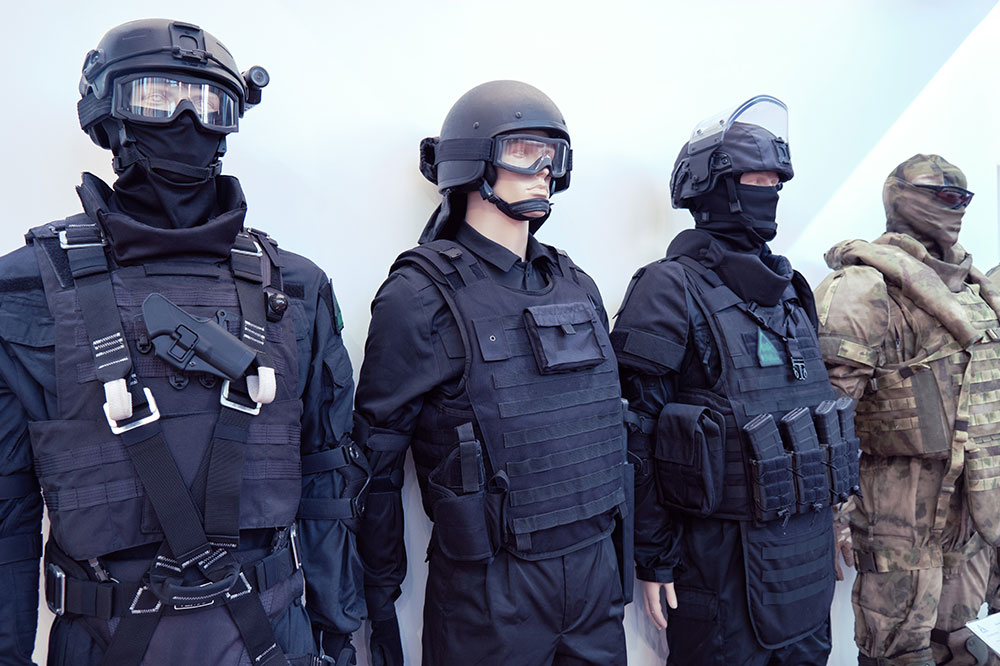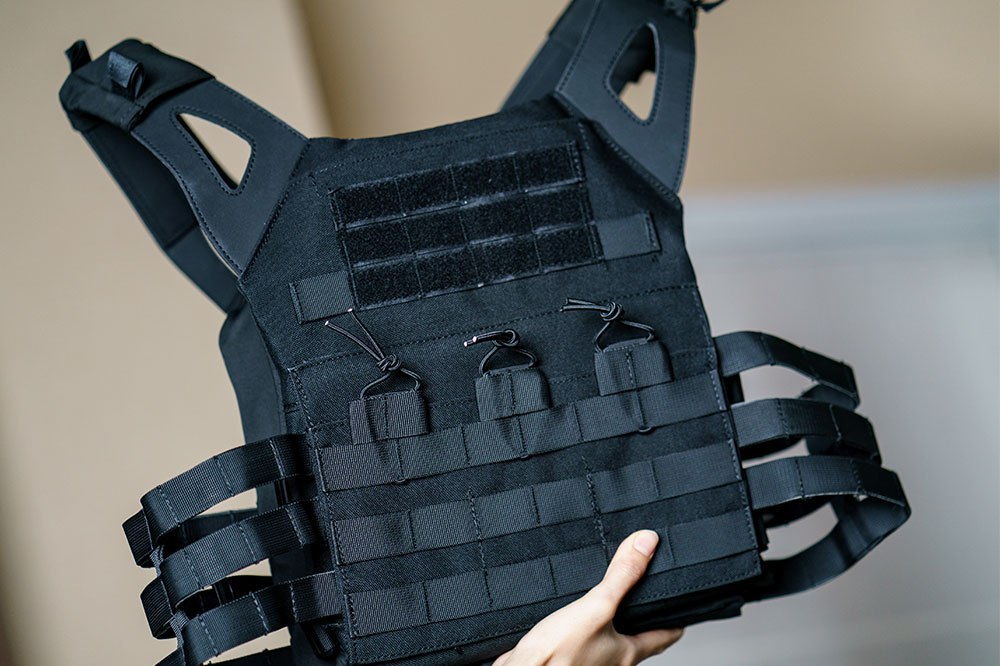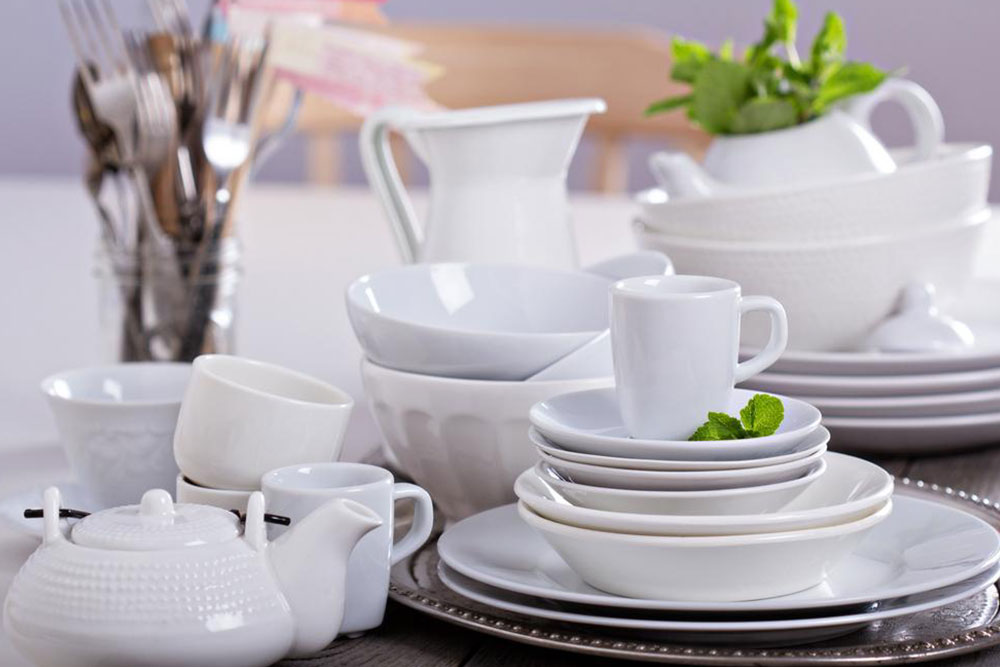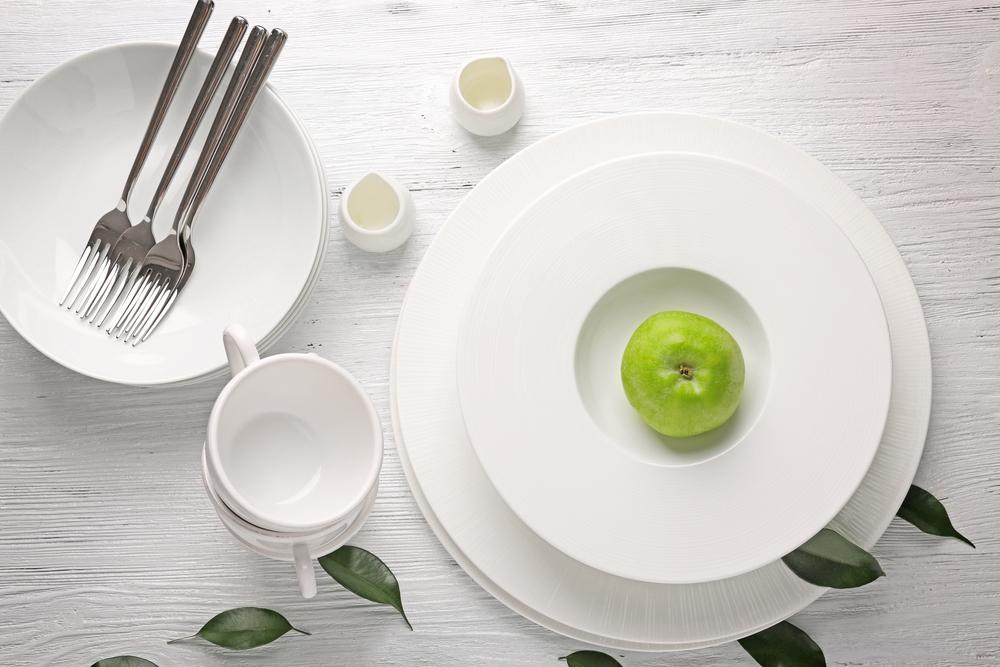Comprehensive Guide to Different Types of Protective Vests for Personal Safety
This comprehensive guide explores the various types of protective vests, including soft and hard armor, detailing their materials, uses, advantages, and limitations. Essential for law enforcement, military, and civilians, it aids in choosing the right personal safety gear based on threat level and comfort preferences. Learn about ceramic and steel plates and how modern innovations enhance protection. An in-depth resource for understanding ballistic and stab protection gear to ensure safety in high-risk scenarios.

Understanding the Varieties of Protective Vests
In the realm of personal safety, protective vests serve as vital equipment designed to shield individuals from various forms of threats. These garments or inserts are widely used by law enforcement officials, security personnel, military members, and even civilians for enhanced security in potentially hazardous environments. Protective vests are primarily categorized into two types based on their construction and application: soft armor and hard armor. Each type has distinct features, materials, advantages, and limitations, making understanding their differences essential for choosing the right protection according to the specific threat level and environment.
Soft Armor Vests: Lightweight Safety Gear for Everyday Protection
These vests are known for their lightweight, flexible, and comfortable design, making them ideal for prolonged wear. Constructed from advanced synthetic fibers such as Kevlar, Dyneema, or Twaron, soft armor vests are highly effective at absorbing and dispersing ballistic impacts and stabbing attacks. Because of their flexibility, they can be discreetly worn under clothing or integrated into everyday clothing accessories, providing covert protection without sacrificing mobility.Typically, soft armor vests are designed as inserts or panels that can be fitted into carriers, backpacks, or worn underneath clothing. They are mainly rated to withstand handgun rounds and some knife attacks, making them suitable for law enforcement officers in patrol duties, personal security for VIPs, or civilians seeking discreet protection. Nevertheless, while soft armor provides excellent protection against certain threats, it is less effective against higher-velocity projectiles or armor-piercing rounds, necessitating the use of additional or alternative armor for high-threat scenarios.
Hard armor vests feature rigid plates embedded within a carrier or vest. These plates are engineered from high-strength materials like ceramics, ballistic steel, or composite polymers, designed specifically to counteract high-velocity projectiles and explosive shrapnel. Hard armor is typically used in scenarios requiring maximum protection, such as military combat zones or specialized security operations where threat levels are elevated.
Hard Armor and Its Variants
Hard armor's defining feature is its incorporation of rigid plates that provide superior ballistic resistance. These plates are generally removable and can be swapped out depending on the threat level, making them versatile for various operational needs. While offering high protection, hard armor tends to be bulkier and less comfortable than soft armor, which often limits its usage to situations where maximum security outweighs comfort and flexibility.
Leading Protective Vests in the Market
Choosing the right protective vest involves considering factors such as threat level, material quality, weight, and budget. Below are some of the most popular and effective options available:
Ceramic Plates: Designed for high-threat environments, ceramic armor plates are capable of stopping powerful projectiles like M193 ball rounds and armor-piercing rounds such as M2AP. They are highly protective but tend to be more costly, often exceeding USD 200 per plate, and are relatively heavier and bulkier compared to other materials. Despite their weight, ceramic plates are lighter than metal alternatives, and they typically meet Level IV standards, indicating their capability to withstand high-caliber rounds. It is important to note that ceramic plates may need replacing after impact or multiple uses due to their fragility when dropped or struck against hard surfaces.
AR500 Steel Plate Armor: As a more budget-friendly option, AR500 steel plates are renowned for their durability and toughness. They are usually priced between USD 140 and USD 200 per set and weigh over eight pounds each, offering robust defense against common handgun rounds. Steel plates like AR500 are highly resilient, capable of retaining their shape and protective qualities over years of proper storage and use. While steel plates provide excellent ballistic resistance against many threats, they are less effective against high-velocity rounds such as the 5.56 M193, which can penetrate lower-grade armor levels like Level 3. Nevertheless, their cost-effectiveness and durability make them a popular choice for many security professionals and enthusiasts.
Now, understanding the different types of protective vests—including their materials, design, advantages, and limitations—is crucial for selecting appropriate personal safety gear. Whether for law enforcement, military, or civilian use, choosing the right protection depends on assessing the specific threats faced and balancing factors such as comfort, weight, and cost. Protective vests continue to evolve with advancements in materials science, promising even better protection in the future to ensure safety in increasingly dangerous environments.



